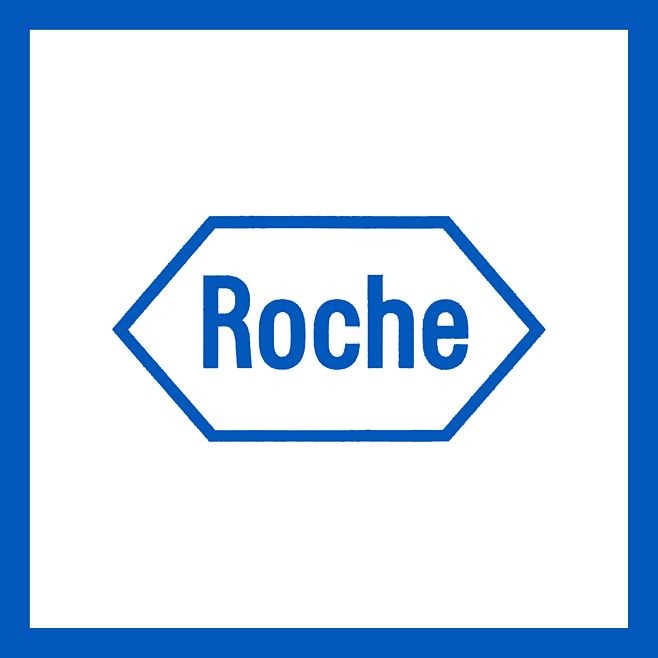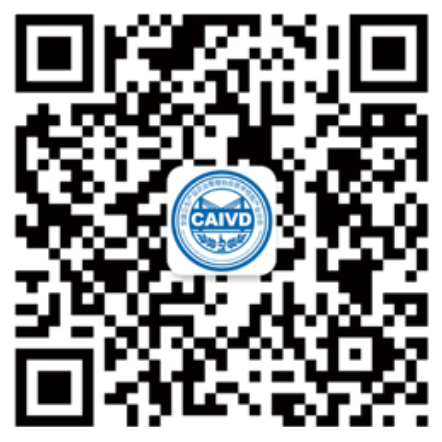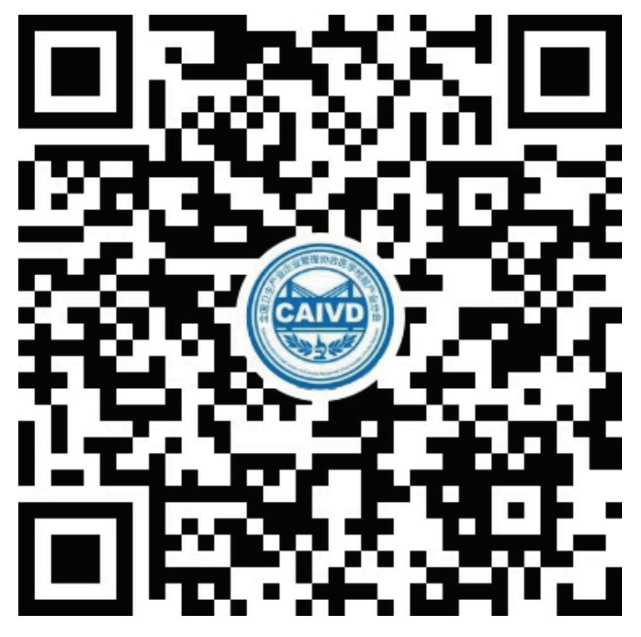
Roche Reports Flat Diagnostics Revenues in H1
2019/7/31 10:59:05 Views£ļ1387
Roche recently reported flat half-year revenues for its Diagnostics division. At constant exchange rates, diagnostics revenues were up 2 percent, primarily due to the immunodiagnostics business as well as to overall growth in the second quarter.
For the first half of 2019, the Roche Group reported CHF 30.47 billion ($30.86 billion) in total sales, up 8 percent (9 percent at constant exchange rates) from CHF 28.11 billion during the first half of 2018.
Revenues for the Diagnostics division came in at CHF 6.28 billion, essentially flat (up 2 percent at constant exchange rates) compared to the CHF 6.26 billion revenues during the same period last year. For the second quarter, diagnostics sales totaled CHF 3.38 billion, up 1 percent (4 percent at constant exchange rates) from CHF 3.35 billion in Q2 of 2018.
"We had a start which was rather slow in the first quarter and in the second quarter experienced significant acceleration," said Roche Diagnostics CEO Michael Heuer during a conference call to discuss the half-year results. He added that the company expects growth to accelerate in the second half of the year.
Molecular diagnostics revenues grew 5 percent (6 percent at constant exchange rates) to CHF 1.03 billion from CHF 979 million in H1 of 2018 and contributed 16.4 percent to half-year diagnostics sales.
Sales in this area were driven by blood screening, which grew 16 percent at constant exchange rates, as well as by continued strong demand for the Cobas 6800/8800 systems, which had an installed base of more than 700 as of June.
Heuer said that the company won a number of major tenders for blood screening in Thailand, Turkey, and the Middle East that will provide for additional growth in the future.The microbiology business grew 26 percent, the Liat point of care MDx business grew 21 percent, and the virology business remained flat, all at constant exchange rates.
Centralized and Point of Care Solutions revenues remained flat (and increased 3 percent at constant exchange rates) at CHF 3.76 billion in the first half of the year, contributing 60 percent to overall diagnostics sales.
Within that segment, the immunodiagnostics business grew 7 percent at current exchange rates, and saw double-digit growth during the second quarter, making it the largest contributor to growth in the Diagnostics division. Recent instrument launches and rollouts and an expanded test menu also contributed to growth.
Sales were negatively affected by a reduction of distributor inventories in China and a decline in coagulation monitoring sales.
Diabetes Care sales declined 3 percent (and grew 1 percent at constant exchange rates) in H1 to CHF 958 million from CHF 991 million in H1 2018 and contributed 15.3 percent to overall diagnostic sales.
Heuer said the diabetes business had "stabilized" due to the good adoption of new products. Specifically, uptake of the new Accu-Chek Guide and Accu-Chek Instant blood glucose monitoring systems was good, according to the company. Roche also recently launched the Accu-Chek Guide Me, a low-cost meter with connectivity, in the US.
Blood glucose monitoring sales grew 1 percent and insulin delivery systems sales declined 6 percent, both at constant exchange rates.
Tissue Diagnostics revenues declined 2 percent (3 percent at constant exchange rates) to CHF 526 million from CHF 539 million in H1 of 2018 and contributed 8.4 percent to overall diagnostic sales.
Sales in this segment were impacted by shipment delays of the BenchMark and Discovery Ultra instruments. Heuer said the issue has now been resolved and Roche anticipates shipments to be back to normal by the end of this year.
Primary staining sales grew 2 percent and advanced staining sales remained flat, both at constant exchange rates.The Diagnostics division recently launched Navify Tumor Board 2.0, a decision support software it developed in collaboration with GE Healthcare that incorporates GE's medical image viewer.
Roche also recently launched the Ventana HER2 Dual ISH DNA Probe Cocktail companion diagnostic test for breast and gastric cancer patients eligible for targeted therapy. The test can be completed within a day and results can be read using light transmission microscopy, eliminating the need for a fluorescent microscope.
In addition, Roche launched the Cobas MTB-RIF/INH test to detect antibiotic resistance in tuberculosis DNA in countries accepting the CE mark. It is part of the mycobacteria test menu that includes the Cobas MTB and Cobas MAI tests for use on the Cobas 6800/8800 systems.
Heuer also pointed out the recent launch of the Cobas TV/MG test, which tests for two sexually transmitted diseases and runs on the Cobas 6800/8800 systems."We need to further expand our menu to have the broadest menu available in our molecular integrated solutions," he said. "With the launches of TV/MG and the five additional launches that we plan for this year, again, we will have the broadest menu in the marketplace on fully automated molecular diagnostic systems."
By geography, diagnostics sales for H1 grew 5 percent (2 percent at current exchange rates) in Japan, 2 percent (5 percent at constant exchange rates) in Asia Pacific, and 1 percent (decreasing 2 percent at constant exchange rates) in North America. They contracted 1 percent (and grew 3 percent at constant exchange rates) in Europe, the Middle East, and Africa and decreased 4 percent (growing 8 percent at constant exchange rates) in Latin America.
Heuer said that in the second quarter, growth in Asia Pacific was close to 10 percent, driven by business in China that resulted from the "clarification of the situation" with distributors in the first quarter.
R&D spending by the Diagnostics division totaled CHF 750 million in H1, down 4 percent, and general and administration expenses amounted to CHF 104 million. Heuer said that the reduction in R&D spending was due to the successful completion of two major projects, in diabetes care and in microbiology, and that the company still spends more on R&D than its three major competitors combined.
Roche's net income increased to CHF 8.90 billion, or CHF 11.12 per share in H1, from CHF 7.52 billion or CHF 9.84 per share in the first half of 2018.
As a result of the good half-year results, Roche increased its guidance for full-year 2019. The company now expects mid- to high-single digit percent sales growth at constant exchange rates, instead of its prior expectation of mid-single digit growth. Core earnings per share are expected to grow broadly in line with sales.
As of June 30, Roche had CHF 5.69 billion in cash and cash equivalents and CHF 5.48 billion in marketable securities.

- CAIVD WeChat
Subscription Account

- CAIVD WeChat
Channels
China Association of In-vitro Diagnostics
Part of the information in our website is from the internet.
If by any chance it violates your rights, please contact us.

